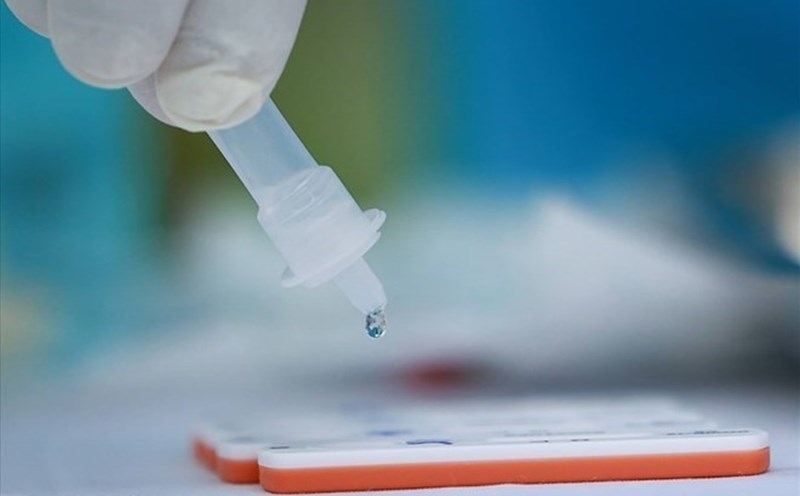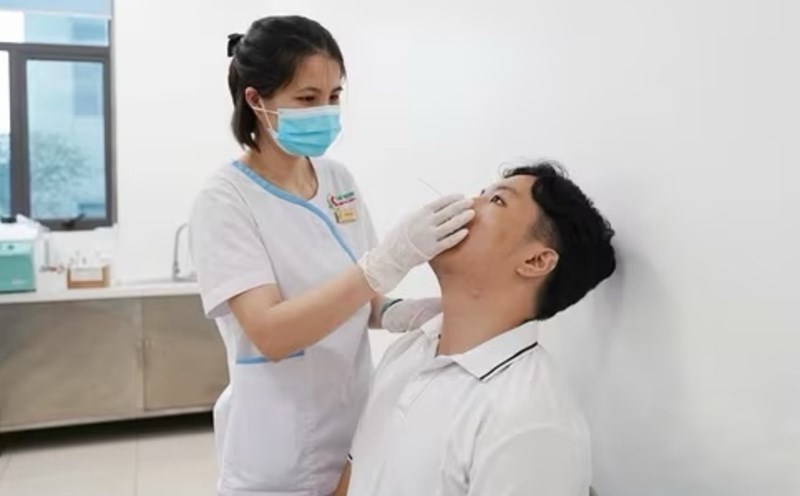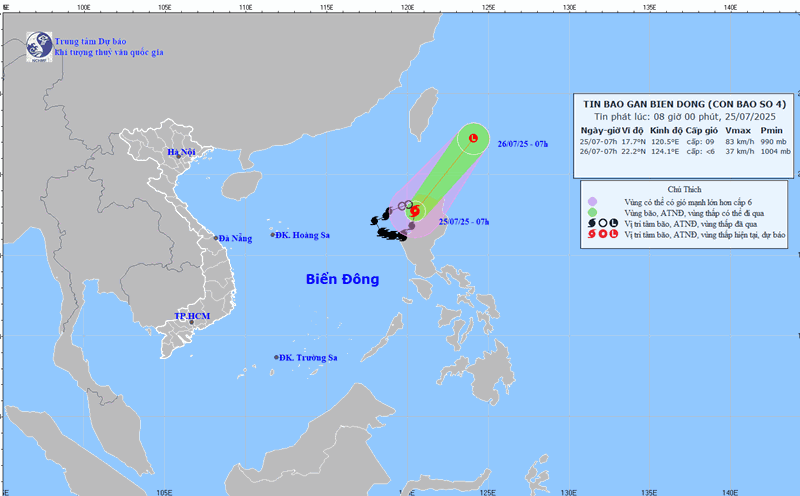According to the guidelines, SARS-CoV-2 is the virus that causes COVID-19, which broke out and caused a global pandemic since the end of 2019. The World Health Organization (WHO) has declared an end to the global public health emergency for COVID-19 from May 2023.
However, WHO continues to advise countries to maintain basic precautions and continuous epidemic monitoring to promptly detect new variants.
Currently, some variants such as NB. 1.8.1, LP.8.1 is circulating in some countries, with the possibility of spreading rapidly but has not caused more serious illness or affected the effectiveness of the vaccine. WHO classifies these variants as "variants to monitor".
In Vietnam, COVID-19 is classified as a group B infectious disease. The epidemic has been controlled, most cases are mild, not causing large-scale outbreaks.
The current goal of COVID-19 prevention and control is: Early detection, timely treatment, limiting infection, ensuring safety in regular medical examination and treatment activities.
The Ministry of Health's guidelines clearly state that the SARS-CoV-2 transmission line is transmitted mainly through:
Drops: From respiratory secretions when the patient coughs, sneezes, talks, breathes heavily, spreading at close range (under 2 meters).
tiep xuc path: Through hand touching the surface of a contaminated secretion containing a virus, then applying it to the eyes, nose, and mouth.
Airway: Through small air masses floating in the air, especially in closed, poor ventilation or when performing ventilation procedures.
Regarding infection prevention and control measures, the Ministry of Health's guidelines clearly state early detection and timely isolation.
filter respiratory symptoms and epidemics at infectious clinics or reception areas of the Emergency Department.
Mild cases, no complications, no underlying diseases: follow instructions for treatment and isolation at home or at health stations.
If a person infected or suspected of being infected with COVID-19 is detected in the clinical department: transfer the patient to a temporary isolation room of the department for treatment, to avoid infecting others.
prescribe rapid testing or RT-PCR for patients with advanced acute respiratory failure of unknown cause or people with symptoms suspected of COVID-19 infection with underlying diseases in the high-risk group for severe development.
The Ministry of Health's instructions also note that patients with underlying diseases, immunodeficiency, cancer treatment, blood filtration... Treated in separate areas (if any); limited contact and movement; strictly comply with hand hygiene, respiratory hygiene, use of masks and personal hygiene.
This "Instruction for COVID-19 infection prevention and control in medical examination and treatment facilities" takes effect, replacing the "Instruction for COVID-19 infection prevention and control in medical examination and treatment facilities" issued with Decision 2609/QD-BYT dated June 20, 2023 of the Minister of Health.








